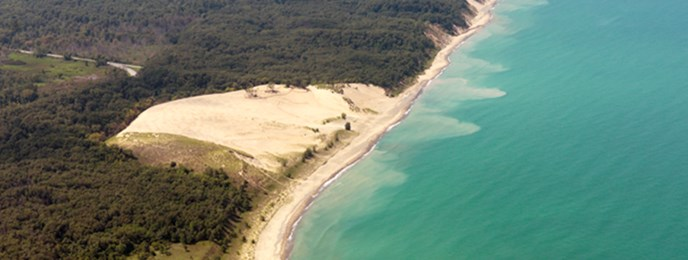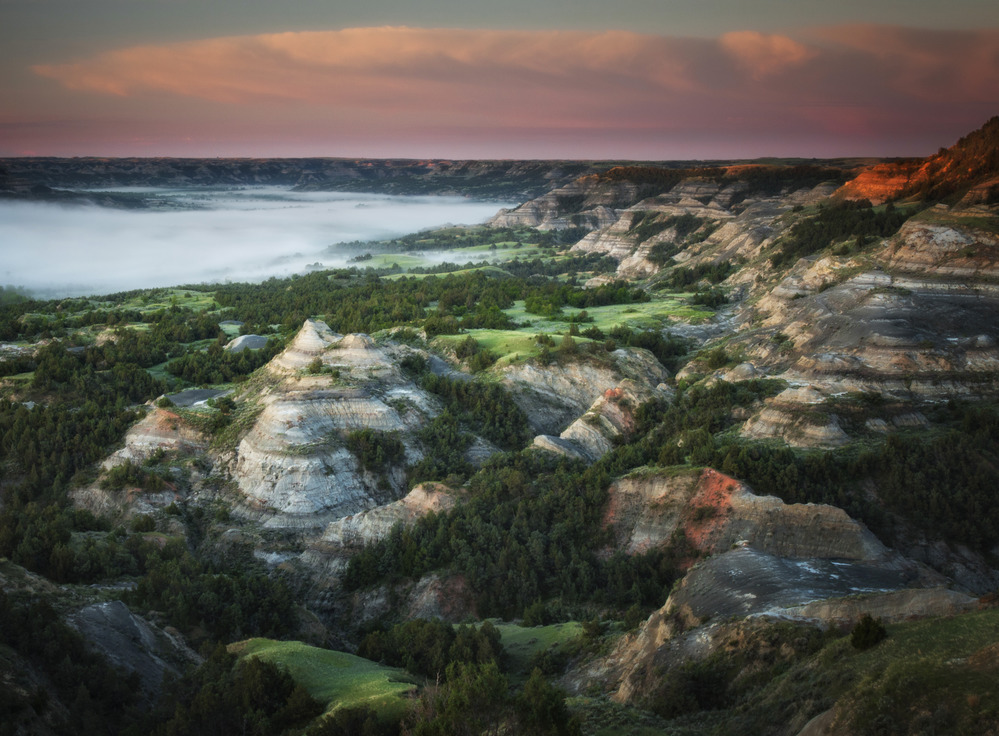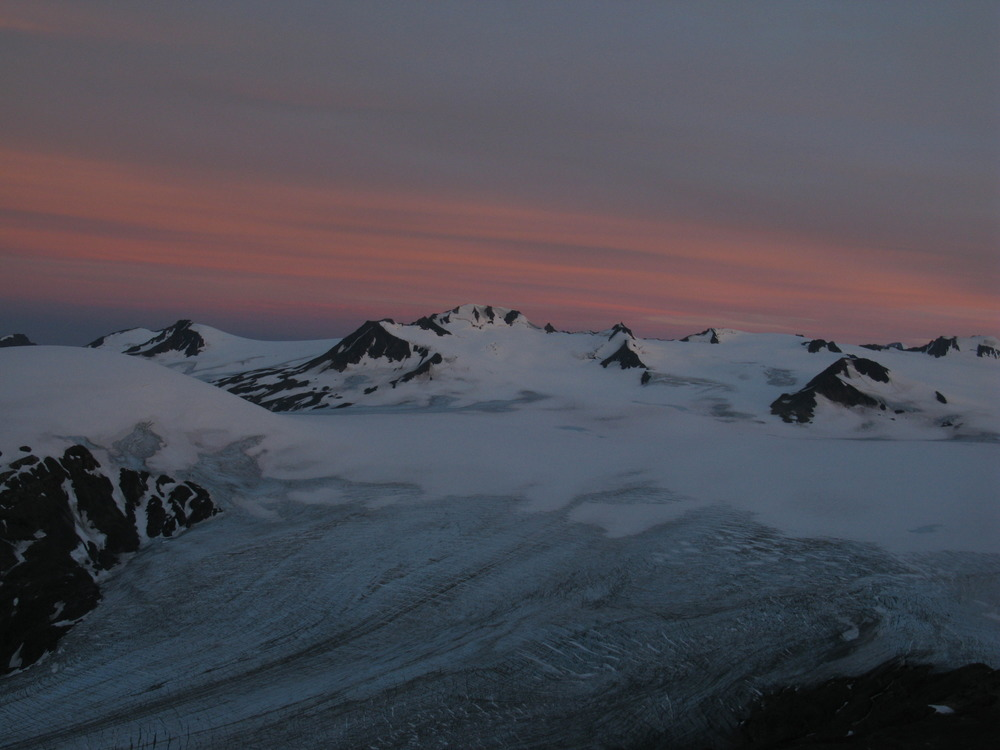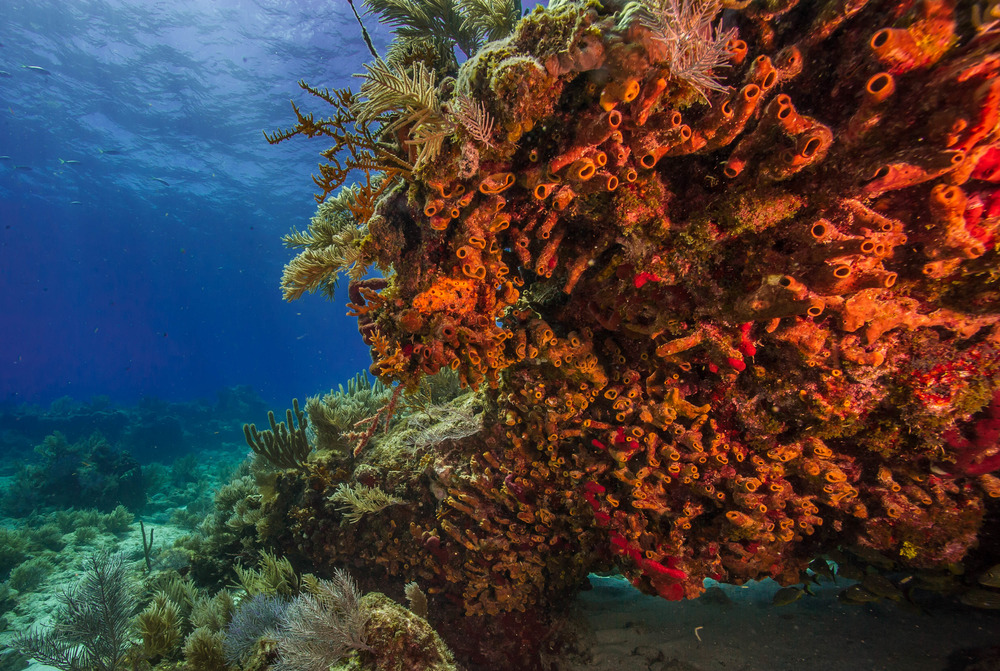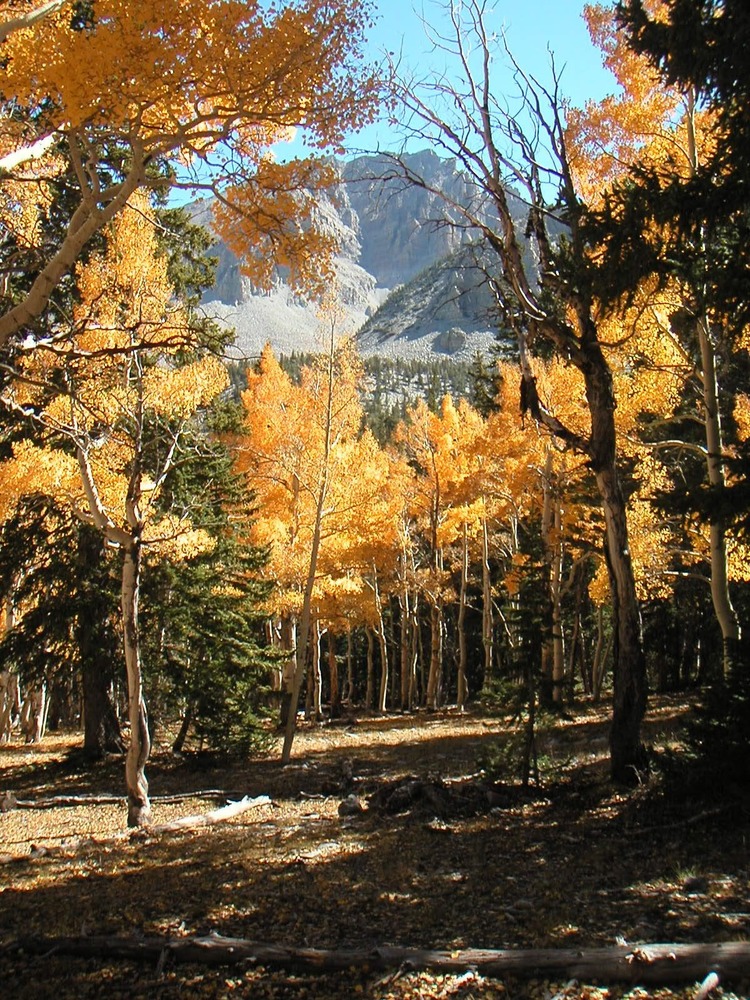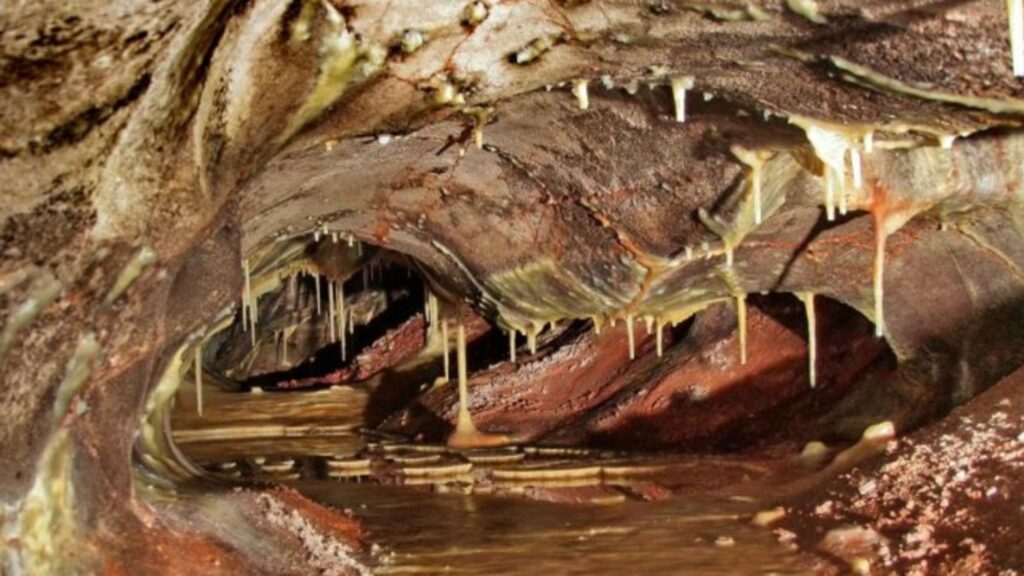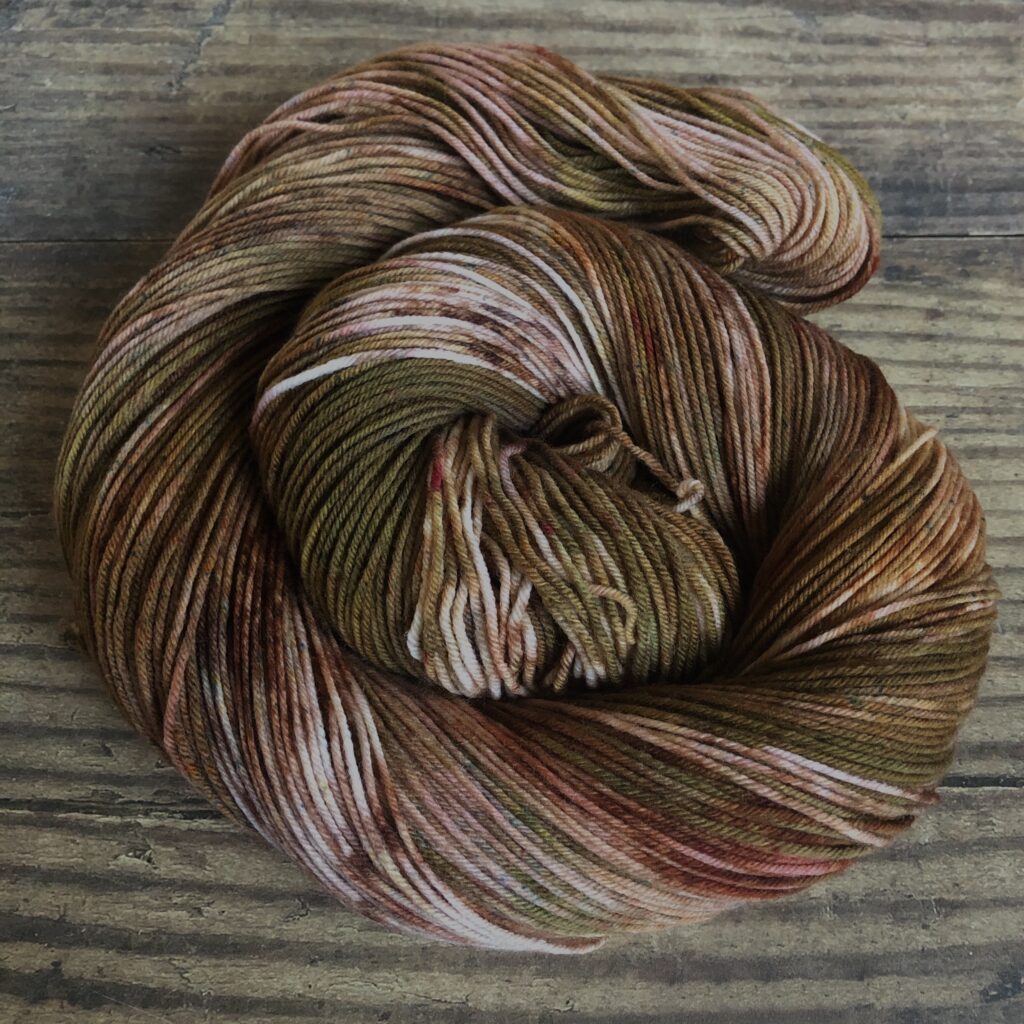It’s time once again to explore more National Parks through yarny goodness. Over the past four years, we have explored the United States through its National Parks, and in 2020, we will have represented them all. Many of these are lesser-known National Parks, and we hope you spend some time exploring them through the links we’ve shared.
Check out our Socks on Vacay/Socks on Staycay summertime sock knitting collaboration with our friend Shannon Squire, too: https://shannonsquire.com/socks-on-vacay-staycay-2020/
Thanks for exploring parks and making socks with us once again this summer! To get your yarn, check out our list of LYS’s offering National Parks (Parks yarn will ONLY be available at our LYS partners through the summer): https://knittedwit.com/
Where is this National Park located?
Indiana Dunes National Park is located near Westchester Township, Indiana.

Whose land does this National Park reside upon?
This land has been home to native peoples for thousands of years, but the most recent native tribes known to have settled here are the Miami, Mascouten, Shawnee, Mahican, and Potawatomi.
When was it established as a National Park?
It was authorized by Congress in 1966 as the Indiana Dunes National Lakeshore, the name by which it was known until it was designated the nation’s 61st national park on February 15, 2019.
Why is this park amazing?
The park stretches along 15 miles of the southern shore of Lake Michigan, and contains an incredible diversity of wildlife habitats; it’s among the most biologically rich in the nation. The dunes are only a part of what it has to offer.
Why did we choose these colors?
We wanted to showcase everything this park has to offer, so used an image that included the green-blue waters, the sandy beaches, and the rolling tree-covered hills.
For more information:
- NPS website: https://www.nps.gov/indu/index.htm
- Instagram: https://www.instagram.com/indianadunesnps/

